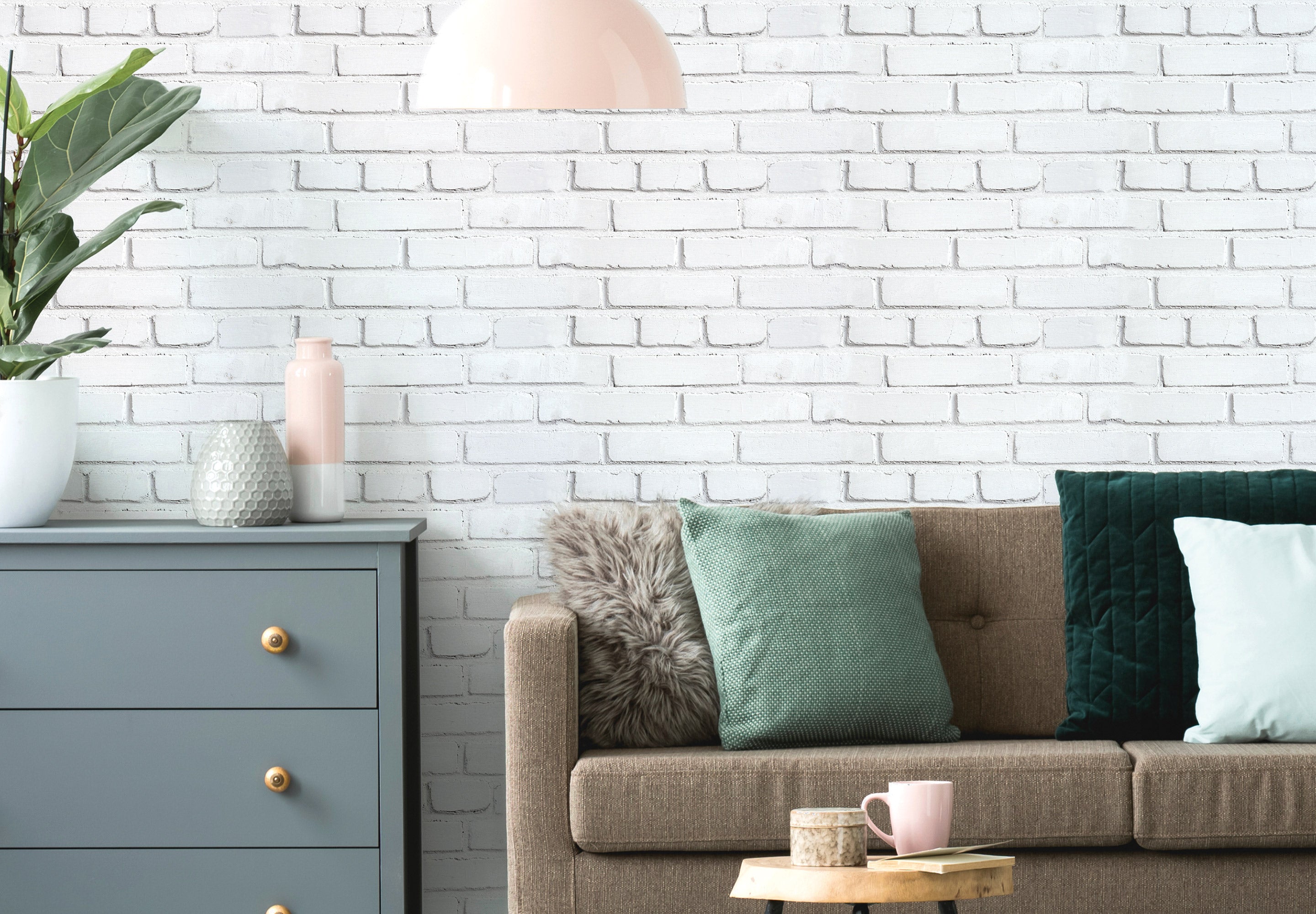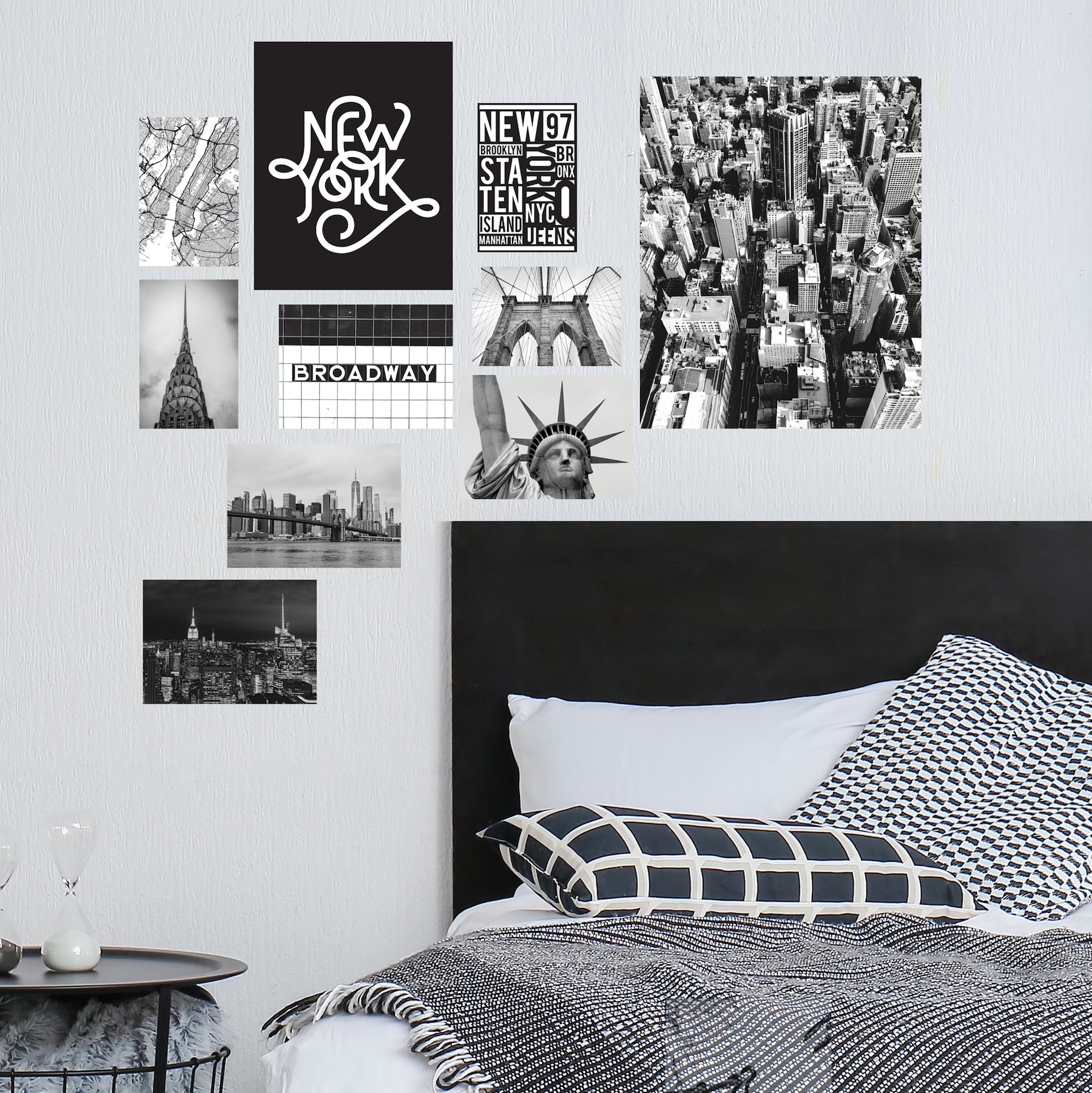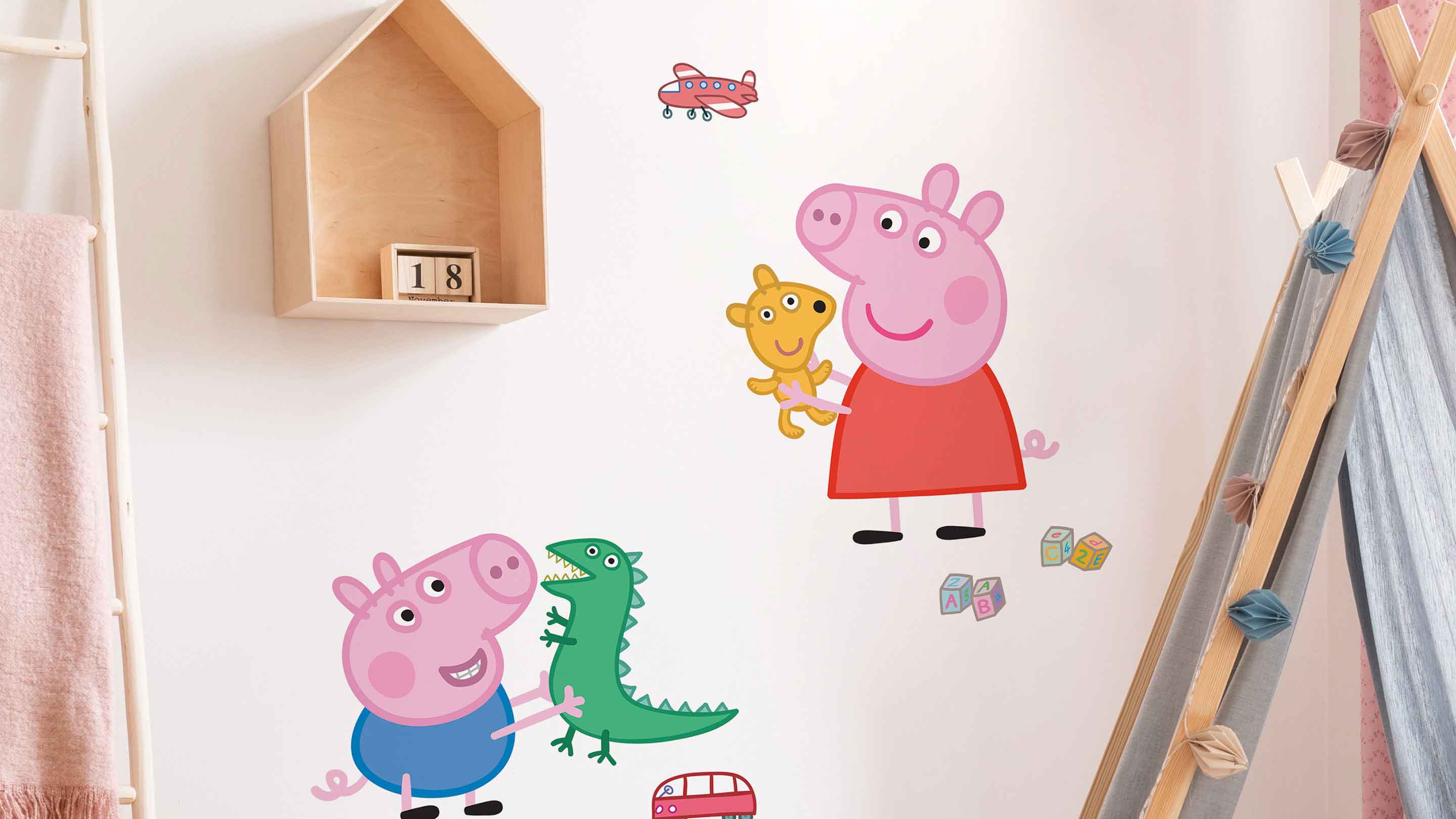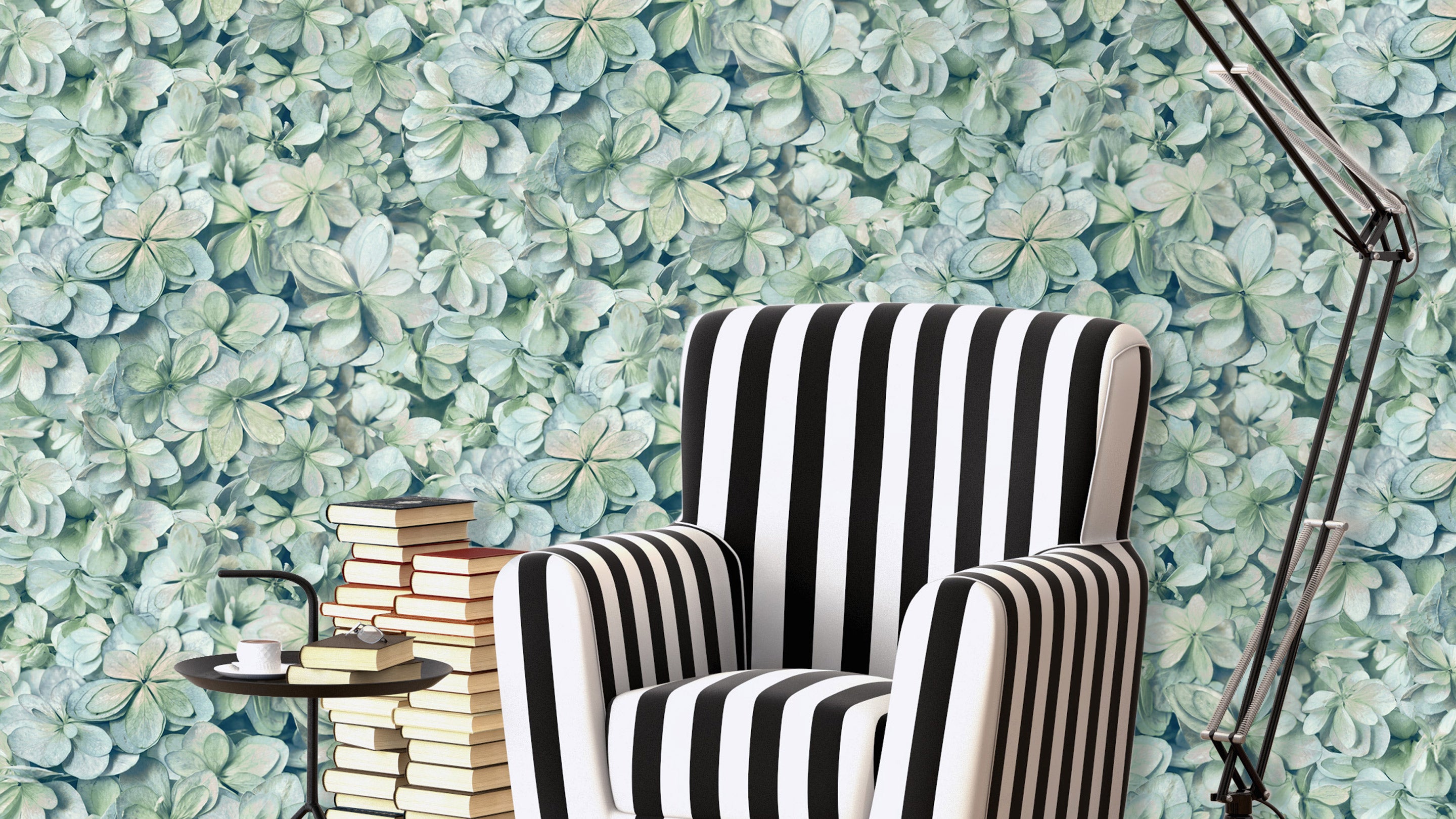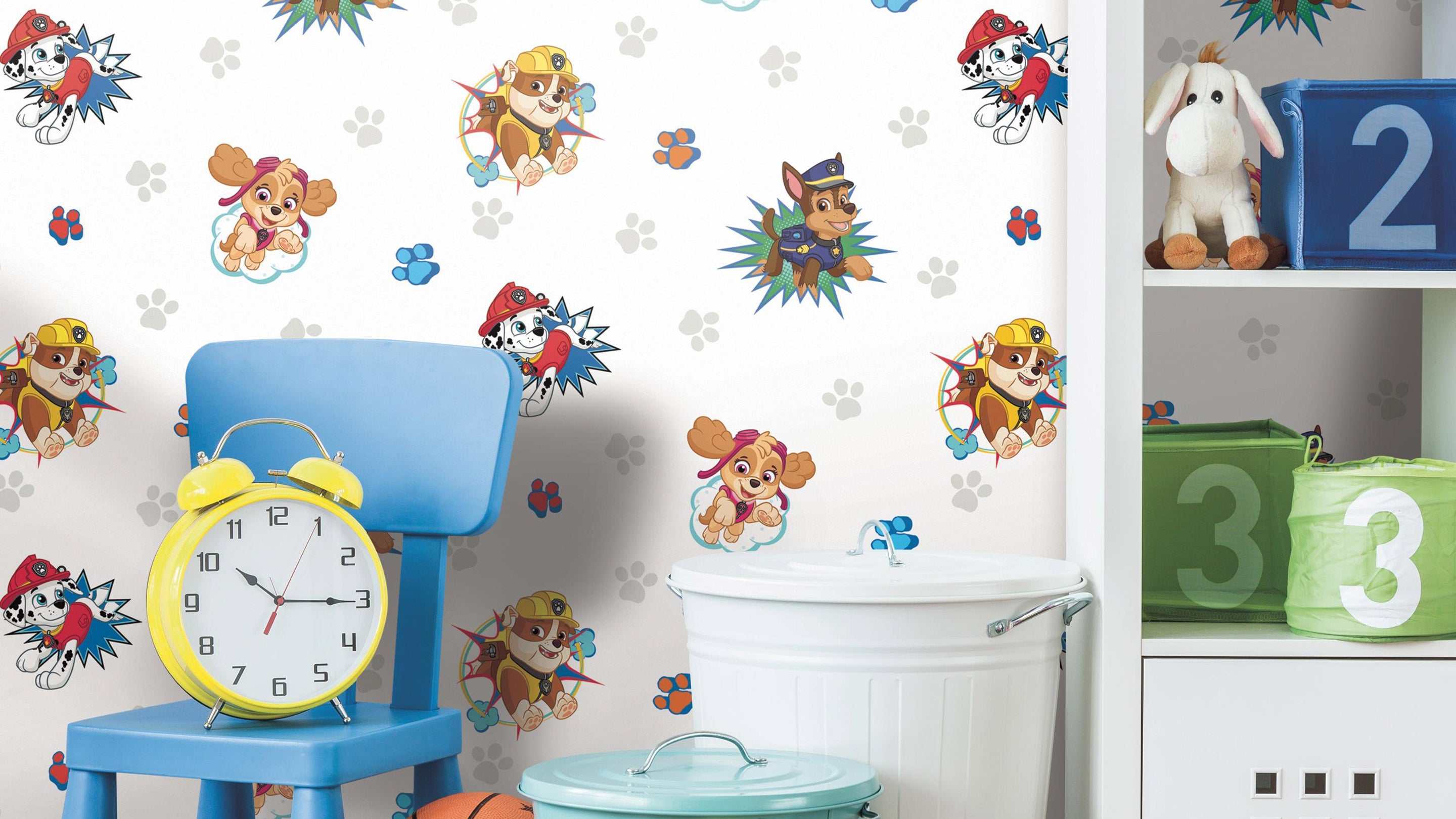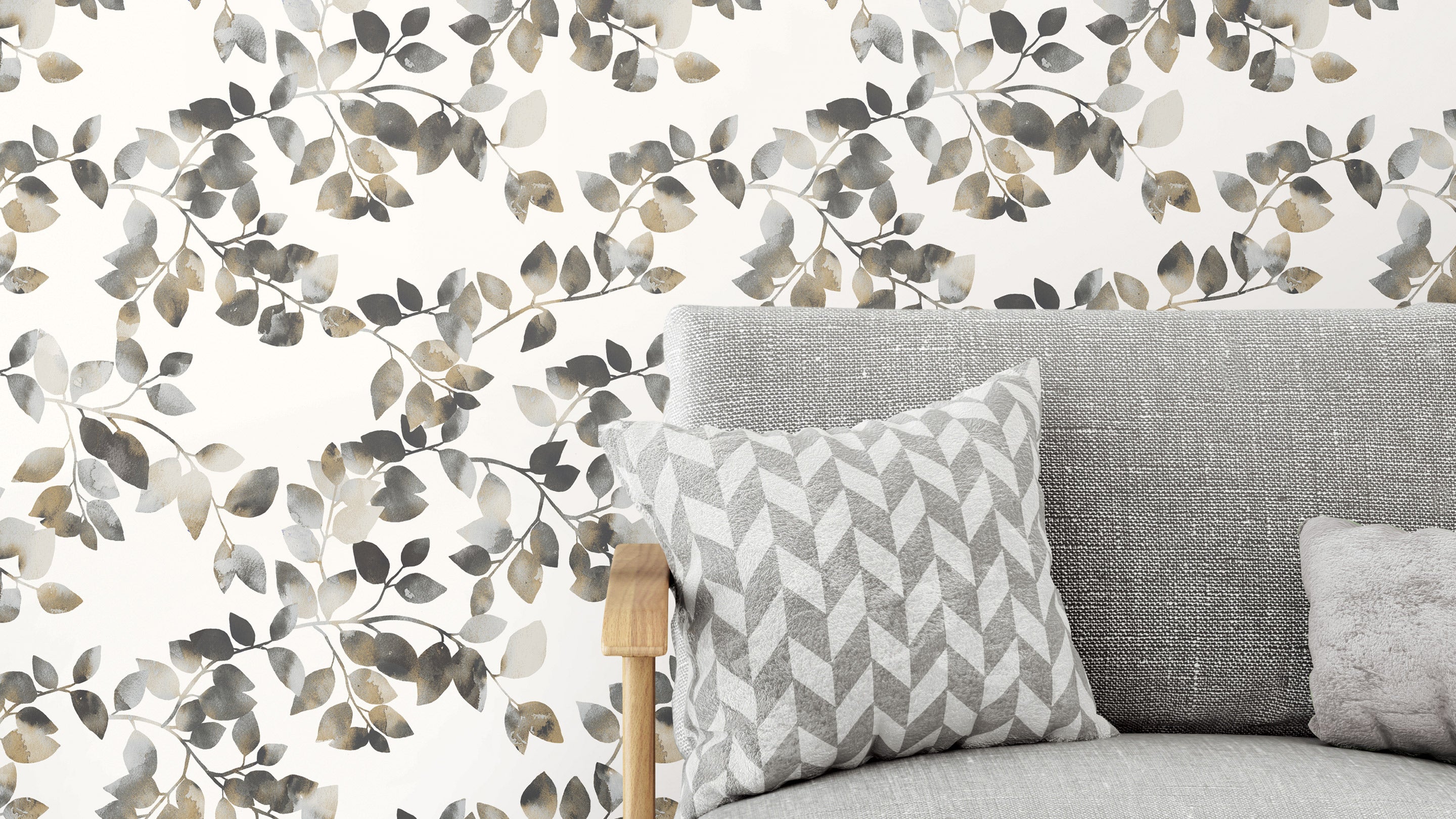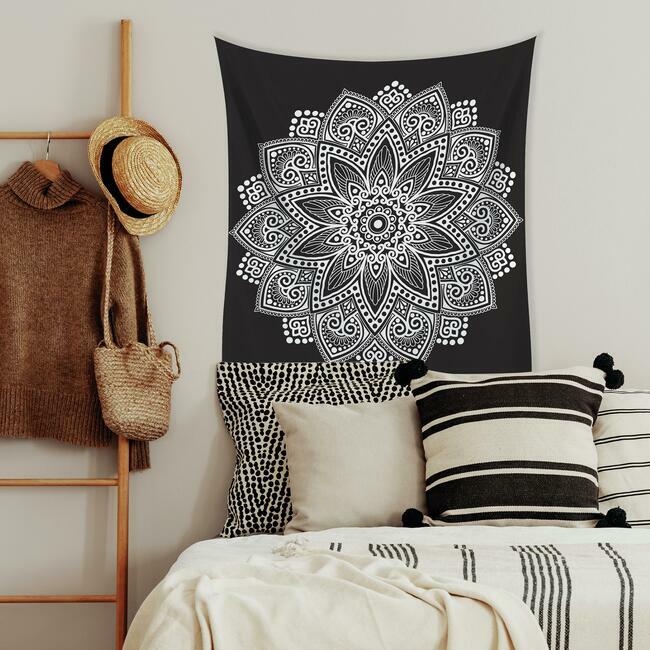Essentials for Every Growing Child’s Room
As a parent, I’ve expected my child’s bedroom to serve many more functions than most other rooms in the house. It’s a quiet time sleep center, a place to entertain friends, a land of imagination and toys, a serious room to study for tests and a storage locker for all earthly belongings.
That’s certainly a lot to consider as you plan to change a room from a toddler’s space to an older child’s room. As a professional organizer, I’ve helped steer this switch by focusing on the three essentials for every child’s room: a space to sleep, a zone to play in and a quiet corner for study. Each of these places should contain storage for belongings.

In this trendy boy's room, a free-standing bookcase not only provides storage for toys and books, but also serves as a room divider for the sleeping area.
As your child’s interests and decorating preferences grow along with them, the three room essentials will also naturally evolve. Their need for a bed, a desk and a bookcase will stay constant. They might begin with a bookcase full of bins of toys—but by the time they head off to college, it will be filled with photos of friends, trophies and books.
The Study Zone
Even during early school years when your child needs to be close to you for homework help, there will be times they also need a quiet spot to concentrate. You want to create a homework zone in their room where they can study spelling words, read an assigned book or focus on writing a paper.
As you plan your child’s room, begin by choosing a calm, quiet corner for studying—it should be an area that is free from distractions. If possible, angle their desk away from toys. Plenty of light is essential for staying awake and focusing. Placing the desk and chair near a window for natural light and getting a good desk lamp will keep the space bright. And adding a small shelf to hold books and school supplies will help your child stay organized.

The Play Zone
Opposite of creating a calm space for study, you want to create a fun atmosphere for imaginative play.
A burst of color on an accent wall or the addition of a wallpaper murals (above) is a great way to set the stage for a play zone. Wall decals are also a fast, fun and affordable way to decorate your walls with new inexpensive looks as your child grows and interest's change.
The perfect play area is a combination of ample storage and open space. A long, low bookcase is ideal for young children—they can reach all of the toys without climbing and the top surface becomes a great space for all kinds of creative play, from building cities to setting up an imaginary general store.
Adding an area rug not only makes floor space comfortable, but it also defines the play area. Other components for a play zone include containers to hold toys and hooks on the wall to hang costumes for dressing up. Use stick-on hooks so they can be removed without wall damage when the need for them is outgrown. A child-size chair or beanbag is a great addition for encouraging reading in between playing.

The Sleep Zone
It’s crucial for both you and your child that they get enough sleep. Anyone who has ever had a sleep-deprived child will attest to that. The sleep zone is pretty easy to outfit. Start with a comfortable mattress and add bedding they enjoy.
Help set the stage for sleep by providing a dimmable bedside light, plus a night light for those who feel more comfortable with one. Adding blackout shades or curtains to the windows will help keep your child from waking up with the roosters. A white noise machine, a whirring fan or soft, soothing music can also create a great sleep experience and block out disturbances from other parts of the house.

As They Grow
As your child grows from tween to teen, those three room essentials of a bed, a desk and a bookcase grow with them. A change in paint color, bedding, and room arrangement creates a dramatically new space that feels much more mature.
The bookcases that once held toys are then perfect for pictures, photo albums and souvenirs. Because they’ll be less likely to be distracted while studying as they get older (but it’s not “unlikely,” either), the desk can move in front of the window and double as a make-up table, now that your scholar is most likely to curl up in bed with a laptop to study for exams.
With these tips in mind, you can create a sustainable layout for your child’s room that will grow along with them, year after year.
Lea Schneider is a mother of three kids and is a widely respected home-organization expert.

